- Great Learning
- Free Courses
- Artificial Intelligence
Earn a certificate & get recognized
Sentiment Analysis using Python
Learn Sentiment Analysis using Python from basics in this free online training. This free course is taught hands-on by experts. Learn Text Pre-processing, Vectorization and Modeling & lot more. Start now!
Sentiment Analysis using Python
19.9K+ learners enrolled so far
Stand out with an industry-recognized certificate
10,000+ certificates claimed, get yours today!
Get noticed by top recruiters
Share on professional channels
Globally recognised
Land your dream job

Skills you will gain
Text Pre-processing
Vectorization
Modeling
Amazon Reviews Sentiment Analysis
Twitter Sentiment Analysis
Key Highlights
Get free course content
Master in-demand skills & tools
Test your skills with quizzes
About this course
This free sentiment analysis using Python course helps learners learn everything from scratch. First, you will go through what Machine Learning is and its categories. You will dive into supervised and unsupervised Machine Learning and understand its various categories. You will then get introduced to sentiment analysis. You will go through an example of implementing a logistic regression algorithm to help you understand sentiment analysis better. You will comprehend the major concepts like text pre-processing, vectorization, and modeling through Amazon data examples. You will also get a brief introduction to Python programming language and comprehend Twitter sentiment analysis in detail through a hands-on demo. You also have Q&A modules where most of your sentiment analysis and code-based questions are answered.
Complete this free online Sentiment Analysis using Python course and receive a certificate of course completion.
Check out Great Learning's Best AI and Machine Learning Courses that will help you dive deeper into their concepts and gain significant knowledge regarding them. Enroll in these courses and earn certificates of course completion.
Course outline
What is Machine Learning?
This module begins by defining machine learning. It then discusses how a machine understands the tasks with examples and explains supervised and unsupervised learning concepts in machine learning.
Categories of Machine Learning
This module focuses on sentiment analysis by helping you understand the sentiment associated with data. You will go through a hands-on example of implementing a logistic regression algorithm to analyze sentiment analysis using Python.
Introduction to Sentiment Analysis
This module focuses on sentiment analysis by helping you understand the sentiment associated with data. You will go through a hands-on example of implementing a logistic regression algorithm to analyze sentiment analysis using Python.
Text Pre-processing
This module contains a hands-on session on text pre-processing using Python programming to analyze sentiment analysis.
Vectorization and Modeling
This module helps you to build a model and to predict from the text test by understanding vectorization and modeling in detail through a hands-on session using Python programming.
Question & Answer
In this module, you will go through essential questions and answers regarding the sentiment analysis done using the Amazon data set and regarding Machine Learning, Artificial Intelligence, Natural Language Processing, and more.
Introduction to Python
This module starts by briefly introducing Python programming, and you will go through its installation process and some essential hands-on examples.
Twitter Sentiment Analysis
This module has Twitter sentiment analysis hands-on session where you will learn it from scratch.
Code-based Question & Answer
In this module, you will go through code-based questions and answers to help you understand Twitter sentiment analysis.
Get access to the complete curriculum once you enroll in the course
Stand out with an industry-recognized certificate
10,000+ certificates claimed, get yours today!
Get noticed by top recruiters
Share on professional channels
Globally recognised
Land your dream job

Sentiment Analysis using Python

2.25 Hours
Beginner
19.9K+ learners enrolled so far
Get free course content
Master in-demand skills & tools
Test your skills with quizzes
Learner reviews of the Free Courses

5.0
Frequently Asked Questions
Will I receive a certificate upon completing this free course?
Is this course free?
How long does it take to complete this free Sentiment Analysis course?
This free course on sentiment Analysis contains 1.5 hours of self-paced video content available at any time for learners to learn according to their convenience.
What are the steps to enroll in this course?
- Search for the free course "Sentiment Analysis using Python" in the search bar present at the top corner of Great Learning Academy.
- Register for the course through the Enroll Now button and start learning.
Who is eligible to take this Sentiment Analysis course?
It's a beginner's level course; hence, any learner who wishes to learn sentiment analysis can enroll in this free Sentiment Analysis using Python online course.
Why choose Great Learning for this Sentiment Analysis course?
Great Learning is a leading ed-tech platform that assists many learners in successfully attaining their career goals. Great Learning Academy is one such initiative where industry-relevant courses are offered for free. Sentiment Analysis using Python is one such course that addresses in-demand skills and is offered for free with the free online certificate on course completion.
Can I sign up for multiple courses from Great Learning Academy at the same time?
Yes, you can enroll in more than one free course offered by Great Learning Academy that aids in effectively developing your career.
Is there a limit on how many times I can take this Sentiment Analysis course?
No, there is no specific limit on the number of times you can attain this free Sentiment Analysis using the Python course.
How much does this Sentiment Analysis using Python course cost?
This Sentiment Analysis using Python course is offered for free by Great Learning Academy.
What knowledge and skills will I gain upon completing this Sentiment Analysis using Python course?
You will gain knowledge about concepts like Text Pre-processing, Vectorization, Modeling, Amazon Reviews Sentiment Analysis, and Twitter Sentiment Analysis at the end of this free online Sentiment Analysis course.
What jobs demand that you learn Sentiment Analysis?
There are a few jobs that may demand that you learn Sentiment Analysis, such as:
- Social Media Manager
- Marketing Research Analyst
- Business Intelligence Analyst
- Data Scientist
- Customer Service Representative
- User Experience Researcher
- Product Manager
Why is Sentiment Analysis so popular?
The popularity of sentiment analysis is due to several factors:
- The first benefit is that a lot of text data can be automatically analyzed, which is crucial as the amount of text data constantly expands.
- Second, sentiment analysis can determine a target market or client base's general perception of a specific good, service, or brand. Making strategic decisions about marketing, product development, and customer service can be done using this information.
- Finally, real-time monitoring and analysis of social media conversation sentiment using sentiment analysis is helpful for marketing, PR, and customer service teams.
What is Sentiment Analysis used for?
Sentiment analysis is used to determine the emotional tone of a piece of text. It can evaluate customer satisfaction, track public opinion, and more. It is used to analyze and categorize opinions expressed in text automatically.
Is it worth learning Sentiment Analysis using Python?
Yes, it is worthwhile to learn Python sentiment analysis. Python is a flexible language that you may use to create various applications, including those for Machine Learning and Natural Language Processing (NLP).
What are my next learning options after this Sentiment Analysis course?
You can enroll in Great Learning's Machine Learning and Artificial Intelligence Course Online with Certificate from the University of Texas at Austin's McCombs School of Business.
Will I have lifetime access to this free course?
Yes, you will have lifetime access to this free sentiment analysis using Python course after enrolling in it.
What are the prerequisites required to learn this Sentiment Analysis using Python course?
This free online Sentiment Analysis course has no specific prerequisites to get started. It is a beginner's course, and you will learn sentiment analysis from scratch.
Will I get a certificate after completing this Python Sentiment Analysis free course?
Yes, you will get a certificate of completion for Python Sentiment Analysis after completing all the modules and cracking the assessment. The assessment tests your knowledge of the subject and badges your skills.
How much does this Python Sentiment Analysis course cost?
It is an entirely free course from Great Learning Academy. Anyone interested in learning the basics of Python Sentiment Analysis can get started with this course.
Is there any limit on how many times I can take this free course?
Once you enroll in the Python Sentiment Analysis course, you have lifetime access to it. So, you can log in anytime and learn it for free online.
Can I sign up for multiple courses from Great Learning Academy at the same time?
Yes, you can enroll in as many courses as you want from Great Learning Academy. There is no limit to the number of courses you can enroll in at once, but since the courses offered by Great Learning Academy are free, we suggest you learn one by one to get the best out of the subject.
Why choose Great Learning Academy for this free Python Sentiment Analysis course?
Great Learning Academy provides this Python Sentiment Analysis course for free online. The course is self-paced and helps you understand various topics that fall under the subject with solved problems and demonstrated examples. The course is carefully designed, keeping in mind to cater to both beginners and professionals, and is delivered by subject experts.
Great Learning is a global ed-tech platform dedicated to developing competent professionals. Great Learning Academy is an initiative by Great Learning that offers in-demand free online courses to help people advance in their jobs. More than 5 million learners from 140 countries have benefited from Great Learning Academy's free online courses with certificates. It is a one-stop place for all of a learner's goals.
What are the steps to enroll in this Python Sentiment Analysis course?
Enrolling in any of the Great Learning Academy’s courses is just one step process. Sign-up for the course, you are interested in learning through your E-mail ID and start learning them for free online.
Will I have lifetime access to this free Python Sentiment Analysis course?
Yes, once you enroll in the course, you will have lifetime access, where you can log in and learn whenever you want to.
Become a Skilled Professional with Pro Courses
Gain work-ready skills with guided projects, top faculty and AI tools, all at an affordable price.


View Course

Included with Pro+ Subscription

View Course

Included with Pro+ Subscription
.jpg)
View Course

Included with Pro+ Subscription


View Course

Included with Pro+ Subscription


View Course

Included with Pro+ Subscription

View Course

Included with Pro+ Subscription

View Course

Included with Pro+ Subscription

View Course

Included with Pro+ Subscription


View Course

Included with Pro+ Subscription


View Course

Included with Pro+ Subscription


View Course

Included with Pro+ Subscription


View Course

Included with Pro+ Subscription


View Course

Included with Pro+ Subscription



View Course

Included with Pro+ Subscription

View Course

Included with Pro+ Subscription




View Course

Included with Pro+ Subscription

View Course

Included with Pro+ Subscription
.jpg)
View Course

Included with Pro+ Subscription

View Course

Included with Pro+ Subscription
.jpg)
View Course

Included with Pro+ Subscription
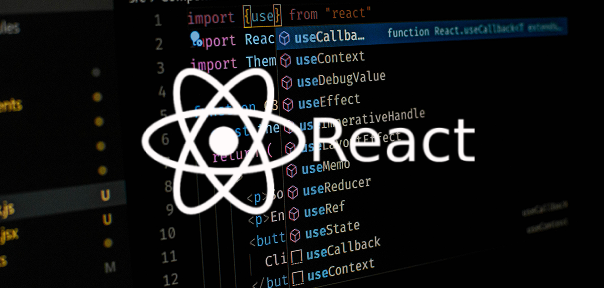
View Course

Included with Pro+ Subscription
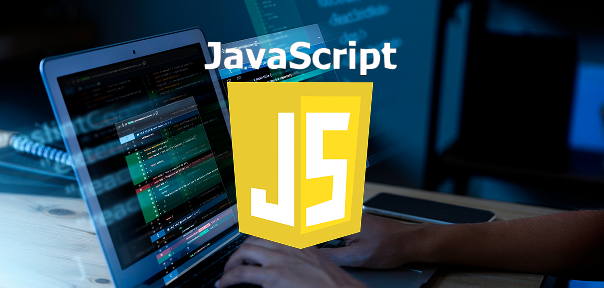
View Course

Included with Pro+ Subscription

View Course

Included with Pro+ Subscription
.png)
View Course

Included with Pro+ Subscription

View Course

Included with Pro+ Subscription

View Course

Included with Pro+ Subscription

View Course

Included with Pro+ Subscription


View Course

Included with Pro+ Subscription

View Course

Included with Pro+ Subscription
.png)
View Course

Included with Pro+ Subscription
.jpg)
View Course

Included with Pro+ Subscription
.jpeg)
View Course

Included with Pro+ Subscription
.jpg)
View Course

Included with Pro+ Subscription
.jpg)
View Course

Included with Pro+ Subscription
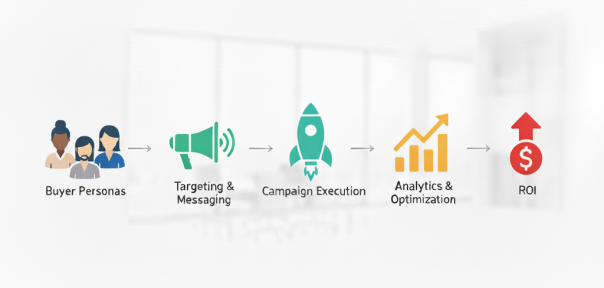
View Course

Included with Pro+ Subscription

View Course

Included with Pro+ Subscription

View Course

Included with Pro+ Subscription


View Course

Included with Pro+ Subscription


View Course

Included with Pro+ Subscription


View Course

Included with Pro+ Subscription
.png)
View Course

Included with Pro+ Subscription



.png)

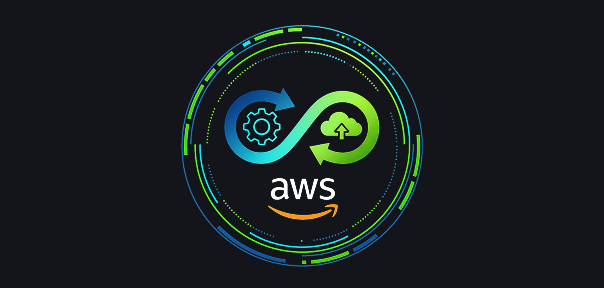
View Course

Included with Pro+ Subscription


View Course

Included with Pro+ Subscription

View Course

Included with Pro+ Subscription

View Course

Included with Pro+ Subscription
.png)
View Course

Included with Pro+ Subscription
.png)
View Course

Included with Pro+ Subscription
.png)
View Course

Included with Pro+ Subscription
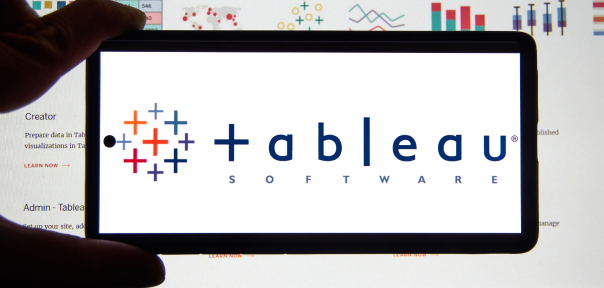
View Course

Included with Pro+ Subscription

View Course

Included with Pro+ Subscription

View Course

Included with Pro+ Subscription

View Course

Included with Pro+ Subscription


View Course

Included with Pro+ Subscription
.png)
View Course

Included with Pro+ Subscription
Popular


View Course

Included with Pro+ Subscription

View Course

Included with Pro+ Subscription
.jpg)
View Course

Included with Pro+ Subscription


View Course

Included with Pro+ Subscription


View Course

Included with Pro+ Subscription

View Course

Included with Pro+ Subscription

View Course

Included with Pro+ Subscription

View Course

Included with Pro+ Subscription
Microsoft Courses


View Course

Included with Pro+ Subscription


View Course

Included with Pro+ Subscription


View Course

Included with Pro+ Subscription


View Course

Included with Pro+ Subscription


View Course

Included with Pro+ Subscription


AI & Generative AI

View Course

Included with Pro+ Subscription

View Course

Included with Pro+ Subscription




View Course

Included with Pro+ Subscription

View Course

Included with Pro+ Subscription
.jpg)
View Course

Included with Pro+ Subscription

View Course

Included with Pro+ Subscription
IT & Software
.jpg)
View Course

Included with Pro+ Subscription

View Course

Included with Pro+ Subscription

View Course

Included with Pro+ Subscription

View Course

Included with Pro+ Subscription
.png)
View Course

Included with Pro+ Subscription

View Course

Included with Pro+ Subscription

View Course

Included with Pro+ Subscription

View Course

Included with Pro+ Subscription


View Course

Included with Pro+ Subscription
 (1).png)
View Course

Included with Pro+ Subscription


View Course

Included with Pro+ Subscription

View Course

Included with Pro+ Subscription


View Course

Included with Pro+ Subscription
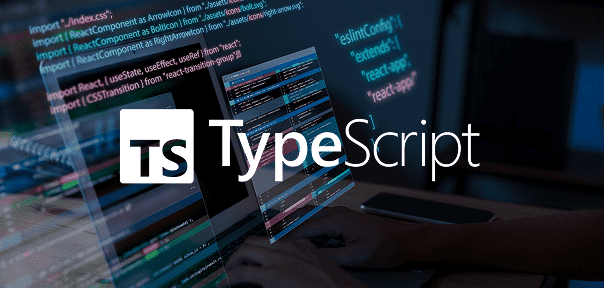
View Course

Included with Pro+ Subscription
.png)
View Course

Included with Pro+ Subscription
.png)
View Course

Included with Pro+ Subscription

View Course

Included with Pro+ Subscription

View Course

Included with Pro+ Subscription

View Course

Included with Pro+ Subscription

View Course

Included with Pro+ Subscription

View Course

Included with Pro+ Subscription
Management

View Course

Included with Pro+ Subscription
.png)
View Course

Included with Pro+ Subscription
.jpg)
View Course

Included with Pro+ Subscription
.jpeg)
View Course

Included with Pro+ Subscription
.jpg)
View Course

Included with Pro+ Subscription
.jpg)
View Course

Included with Pro+ Subscription

View Course

Included with Pro+ Subscription

View Course

Included with Pro+ Subscription

View Course

Included with Pro+ Subscription
.png)
View Course

Included with Pro+ Subscription
.png)
View Course

Included with Pro+ Subscription
.png)
View Course

Included with Pro+ Subscription
 (1).jpg)
View Course

Included with Pro+ Subscription

View Course

Included with Pro+ Subscription
.png)
View Course

Included with Pro+ Subscription
.png)
View Course

Included with Pro+ Subscription
Cloud Computing


View Course

Included with Pro+ Subscription


View Course

Included with Pro+ Subscription


View Course

Included with Pro+ Subscription
.png)
View Course

Included with Pro+ Subscription



.png)


View Course

Included with Pro+ Subscription


View Course

Included with Pro+ Subscription
.png)

View Course

Included with Pro+ Subscription
.jpg)

.jpg)

.png)

View Course

Included with Pro+ Subscription


Cyber Security

View Course

Included with Pro+ Subscription

View Course

Included with Pro+ Subscription
.png)
View Course

Included with Pro+ Subscription
.png)
View Course

Included with Pro+ Subscription
.png)
View Course

Included with Pro+ Subscription
Data Science & ML

View Course

Included with Pro+ Subscription

View Course

Included with Pro+ Subscription

View Course

Included with Pro+ Subscription

View Course

Included with Pro+ Subscription


View Course

Included with Pro+ Subscription
.png)
View Course

Included with Pro+ Subscription
Subscribe to Academy Pro+ & get exclusive features
$25/month
No credit card required

Learn from 40+ Pro courses
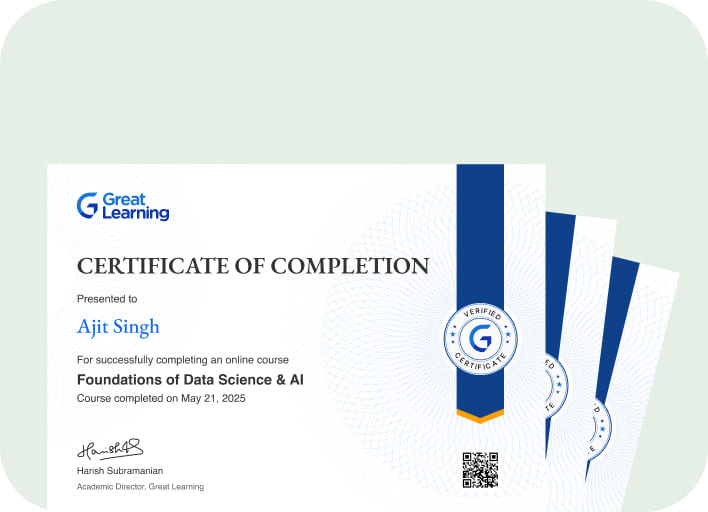
Access 500+ certificates for free
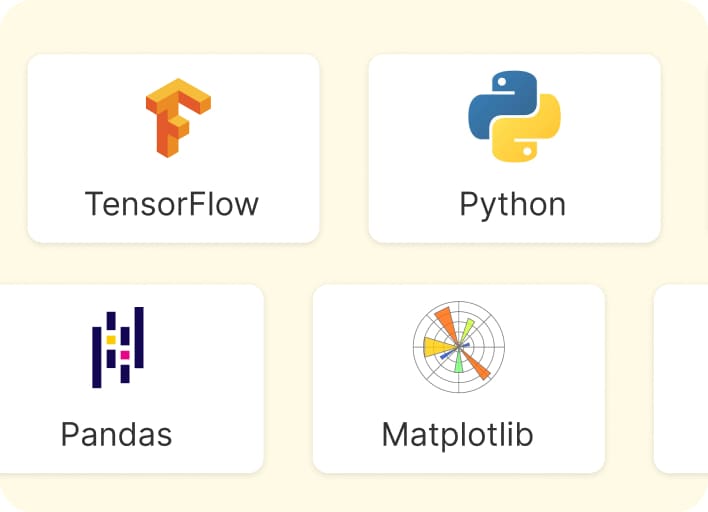
700+ Practice exercises & guided projects
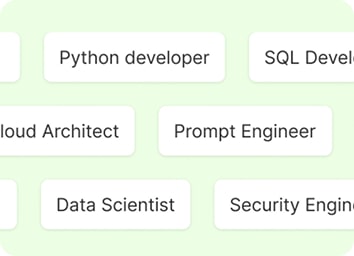
Prep with AI mock interviews & resume builder
Recommended Free AI courses




Similar courses you might like




Related Artificial Intelligence Courses
-
Personalized Recommendations
Placement assistance
Personalized mentorship
Detailed curriculum
Learn from world-class faculties
50% Average salary hike -


Johns Hopkins University
Certificate Program in AI Business Strategy10 weeks · Online
Know More
-


Walsh College
MS in Artificial Intelligence & Machine Learning2 Years · Online
Know More
-


MIT Professional Education
No Code AI and Machine Learning: Building Data Science Solutions12 Weeks · Online · Weekend
Learn from MIT FacultyKnow More
Relevant Career Paths >
Sentiment Analysis using Python
Sentiment analysis is the contextual mining of text that identifies and extracts subjective information in input sources to get meaningful insights on which business decisions can be made. It can help a business to understand the social sentiment of their brand, product, or service while monitoring online conversations.
Usually, sentiment analysis maps the responses into three buckets, i.e., positive (My experience has been fantastic), neutral (My experience is just ok), and negative (My experience has been pathetic). Sentiment analysis is the basic tool to detect customer sentiment from social data, gauge brand reputation, and understand customer thought processes.
There are many types of sentiment analysis. Fine-grained sentiment analysis divides the sentiments into fine-grained classes. You can define your classes as Very happy, happy, ok, not happy, not at all happy. They are usually mapped to stars, i.e., very happy is mapped to 5 stars and not happy maps to 1 star. This is usually done for product ratings. Another type of sentiment analysis is emotion detection. Here we primarily detect emotions, like happiness, frustration, anger, sadness, and so on. Many emotion detection systems use lexicons (i.e., lists of words and the emotions they convey) or complex machine learning algorithms. But this type of sentimental analysis depends on culture since different cultures use the same set of words to express different emotions. For example, in India, a phrase like “you are killing me badass” means the customer is highly unsatisfied and angry. In contrast, a section of US people uses the same phrase to express happiness. Aspect-based sentiment analysis focuses on which aspects or features in each response people are mentioning in a positive, neutral, or negative way instead of focusing on the entire review. Another class of sentiment analysis is multilingual sentiment analysis. These days, most youth mix 2 or three languages (and regional dialects or colloquial phrases) to express their views. Here you must identify parts of the text of each language, translate it semantically in one language and then run the algorithm on the resultant text. It is very much computationally intensive.
There are many advantages of sentiment analysis. The most obvious benefit is sentiment analysis sorts data at scale. A typical raw data set for sentiment analysis may consist of 1000s of sentences. IT would be difficult to analyze such a massive data set manually. So, sentiment analysis helps in processing the large data set efficiently and cost-effectively. The other obvious benefit of sentiment analysis is that it works in real-time mode. For instance, several tweets of an angry customer can be detected and assigned to a customer care representative to resolve the aggravated customer. The key strength of any sentiment analysis is its consistency in applying the same algorithm to each input irrespective of the fact that individual tweets are highly subjective, influenced by personal experiences, thoughts, and beliefs. This directly results in improving accuracy and gaining better insights.
Sentiment analysis can be done using any programming language and specialized library packages. For Python, NLTK, TextBlob, and Spacy are two libraries that are commonly used for sentiment analysis. NLTK is a near-perfect library for all sorts of NLP tasks. TextBlob is based on NLTK and Pattern and is super-specialized for text analytics with features like sentiment analysis, pos-tagging, noun phrase extraction, etc. Spacy is a more advanced and powerful library for performing NLP tasks.
TextBlob exposes a simple API to access its methods and perform basic NLP tasks. In TextBlob, the text is treated as python strings. So, all string operations can be applied to it. Textblob has easy-to-use functions for tokenization, noun phrase extraction, part of speech tagging, porting and lemming, N-gram analysis, sentiment analysis, spelling correction, summarizing a large text, and language detection and translation.
The two most common use case of sentiment analysis is found in twitter analysis and amazon product reviews. Twitter is the most popular microblogging platform that allows businesses to engage personally with consumers. Since it is a free and most popular platform, an ocean of data makes it hard for brands to prioritize which tweets or mentions to respond to first. Twitter sentiment analysis is a tool that automatically monitors emotions in conversations on social media platforms and helps companies respond appropriately.
Amazon Product review is another popular application of sentiment analysis. Amazon is USA-based MNC that focuses on e-commerce, cloud computing, digital streaming, and artificial intelligence products. Its e-commerce platform is one of the biggest online shopping platforms in most countries of the world today. Amazon has a very large customer base that generates tons of data, most important product reviews. So, sentiment analysis over product reviews generates actionable insights for product managers to improve the product, change its pricing, or the way it is promoted.












